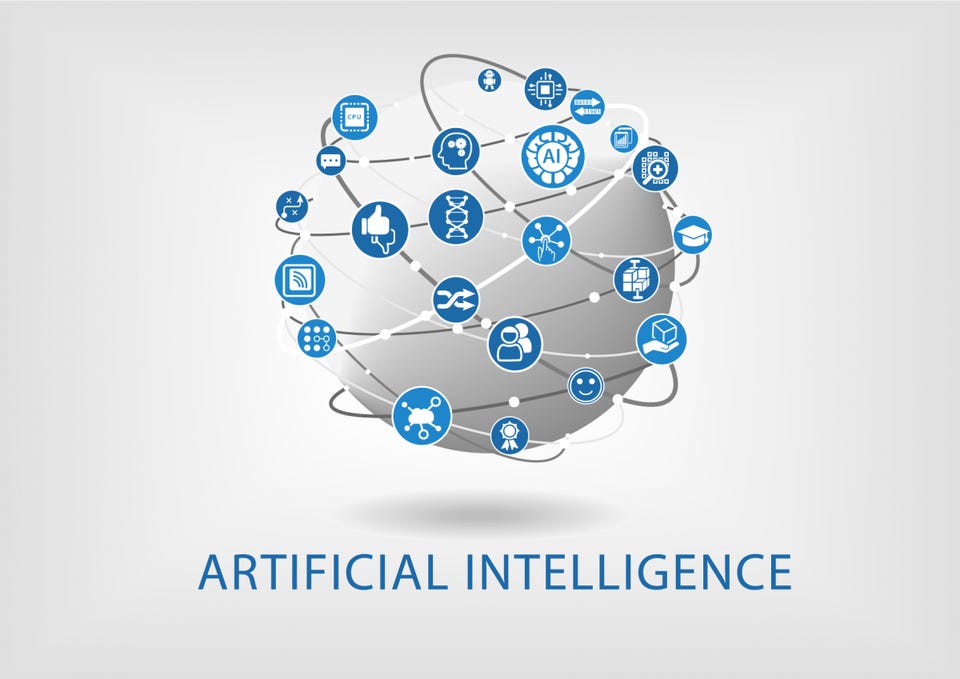
Artificial intelligence (AI) and machine learning (ML) have transitioned from science fiction to reality. Today, they are changing the way businesses operate, making them more efficient and effective. From chatbots and virtual assistants to self-driving cars and personalized ads, AI and ML are taking over. Despite their many benefits, these technologies pose significant challenges that businesses must be aware of. In this article, we explore the benefits and risks of AI and ML in the business world.
From Terminator to Best Friend:
AI and ML are rapidly transforming the business landscape. They enable companies to automate and optimize their operations, making them more productive and profitable. For example, a chatbot can handle customer queries 24/7, freeing up human resources for more complex tasks. Similarly, ML algorithms can analyze vast amounts of data to identify patterns and insights that humans may miss. These technologies can help businesses make better decisions, faster.
However, AI and ML also pose significant challenges. One of the biggest risks is that they may replace human jobs. As AI and ML become more sophisticated, they can automate tasks that were previously done by humans. This can lead to job losses and economic disruption. Additionally, there are concerns about the ethical implications of AI and ML, such as privacy violations and bias in decision-making. As businesses adopt these technologies, they must be mindful of these risks and take steps to mitigate them.
Discover how AI and ML can kick-start your business and the challenges they pose.
Despite the challenges, AI and ML have immense potential to kick-start businesses. For example, they can help companies improve customer experience by personalizing recommendations and providing faster service. They can also help businesses optimize supply chains, reduce costs, and increase efficiency. Additionally, AI and ML can enhance product development by identifying customer needs and preferences. By leveraging these technologies, businesses can gain a competitive advantage and stay ahead of the curve.
However, implementing AI and ML is not without challenges. One of the biggest hurdles is identifying the right use cases for these technologies. Not every business process can be automated, and not every data set is suitable for machine learning. Additionally, businesses must ensure that they have the right talent and infrastructure to support AI and ML initiatives. This may require significant investment in training and technology. Finally, businesses must be mindful of the risks associated with these technologies, such as cybersecurity threats and legal compliance.
In conclusion, AI and ML are transforming the business landscape, offering many benefits and challenges. Businesses that successfully leverage these technologies can gain a competitive advantage and drive growth. However, they must also be aware of the risks and take steps to mitigate them. Ultimately, the key to success is to strike a balance between the benefits and challenges of AI and ML, making them your best friend instead of a terminator.
